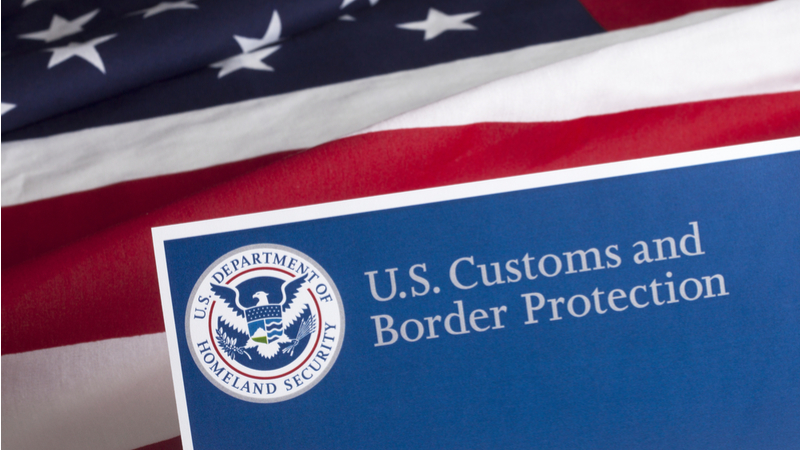
The Department of Homeland Security’s (DHS) Customs and Border Protection (CBP) component is looking to adopt and scale generative artificial intelligence (GenAI) technologies for use cases including expediting border crossings, a top CBP official said on Wednesday.
CBP is using a variety of GenAI approaches – such as text-to-text, text-to-image, and text-to-video models – to determine whether someone seeking to enter the United States is eligible to do that.
Sunil Madhugiri, chief technology officer at CBP, discussed use cases at the IBM Think Leadership Exchange in Washington, D.C., today, and said they also include technology product management and edge computing. Some of the edge computing cases, he said, already are familiar to many people.
“U.S. borders across [the] north, east, west and south – guess what, that is the edge for us,” said Madhugiri. “If you go to a global entry kiosk … and show your face and … you got a green check mark … that is an edge for us.”
One area CBP is looking to develop further use cases includes non-intrusive inspection systems for truck scanning – primarily used to inspect trucks crossing the border from Mexico – to check for anomalies such as hidden compartments or illegal items. Using AI to analyze scans of vehicles increases efficiency, Madhugiri explained, and propels the speed of commerce.
“You’re looking at anomalies,” he said. “You have a gas tank, you have tires, you have an engine block, things like that … We need to get that thing done faster. So that’s one of the edges, [it’s] a huge thing for us.”
Additional gen AI use cases include automating border patrol scheduling – which Madhugiri said takes supervisors 16 hours every two weeks on average – for over 20,000 agents. Three approved open-source AI models – including the Google Gemma and Meta Llama families – have since cut that time down to eight minutes by accessing a scheduling database.
“We built agenting functions in-between through prompt engineering … depending on what the prompt is coming [in], because we don’t want LLM models … doing secret queries into databases from [a] security perspective,” said Madhugiri. “These three agenting functions we have built … scans about seven tables or something like that.”
With AI-driven systems moving into deployment in complex and large-scale border operations, Madhugiri emphasized that CBP’s focus remains on scalability, accuracy, and security.
“You’re talking about large border patrol stations in Texas and Arizona … about 30-40 variations of variables within that complexity involved, super complex,” said Madhugiri, who noted his appreciation for the concept of “pre-built agents,” which have the potential to simplify workflows by minimizing the need for custom code.
“I really like the idea of pre-built agents … because we want to be trying to avoid writing code as much as possible,” he said.
